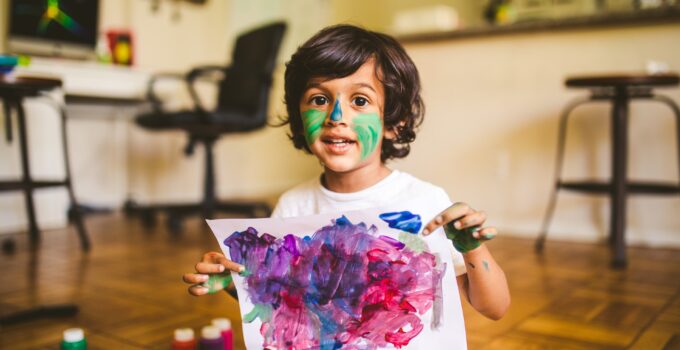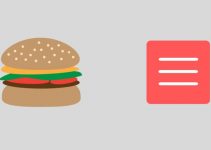Children learn the most in their early years when their minds and bodies are growing. During the early years and especially around preschool, they are also the most curious and they are practically knowledge and skill sponges. Whatever they pick up at this time like languages, sports, or other activities, they will develop more easily later in life. When it comes to preschool itself and all the fun activities that come with it, they exist for a reason and they are well thought of to stimulate their development across the board.
Since they are still too young to learn about more complicated stuff, most of what they learn comes from visual stimulation and repetitiveness. Doing the same, or at least a similar thing every day and expanding on it is enough for them to find out a lot at this tender age. The most effective way to do this, both with one child and with larger groups, is coloring. Diverse, fun, and engaging, it is capable of capturing the attention of preschoolers and hold it for hours.
If you wondered why it is so beneficial to them but never got the answer, or if you simply want to know why you should allow your child to color as much as they want, keep reading this article. Once you learn about the ways coloring helps preschoolers with their physical development, make sure to visit coloringpagesonly.com and find the right material for them to color.
1. Hand Strength Development
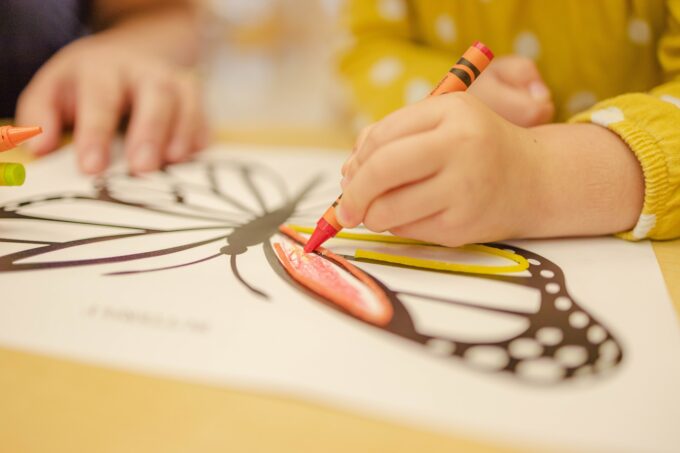
Source: unsplash.com
First and foremost, every child that starts coloring at this age is sure to correctly develop their hand strength. Since there will be tons of writing, typing, and other fine motor skills later in life, making sure their precious little hands grow up to be strong is prevalent for success in life. The delicate muscles in hands do not work as much if the child does not hold and move something constantly. For a wide specter of motor skills as well as to prepare them for continuous writing during the next 15 or so years of education, give them to color every day and let them enjoy it. You can find more information here.
2. Pencil Grip
Similar to the development of their strength hand, two things that go hand in hand really (no pun intended), preschoolers will get the hang of holding the pencils the right way as soon as they start writing. Crayons and coloring pens are shaped the same as pencils and pens, meaning they will be familiar with the tools that will help them learn so much more in later years. Pencil grip takes enough strength and enough practice. It does not exist without both of these things coming together. Thanks to the few years of coloring almost every day, they will know how hard to grip, where to place their fingers, and how to move the pencil.
3. Creativity and Imagination
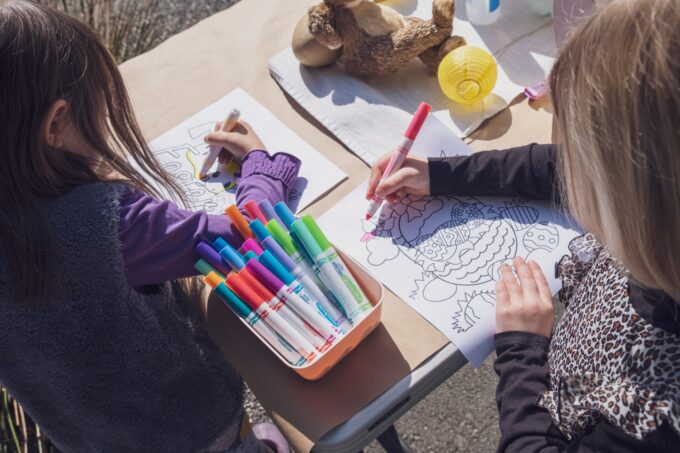
Source: unsplash.com
You may wonder how these two are actually a part of physical development. Creativity and imagination come from the mind, meaning they are parts of mental development. However, one cannot express their ability to create and do something artistic without using their body. The spark does appear in the mind, but it translates onto paper or another medium through the arms and precise movements of the hands. Therefore, if you want your child to find their creativity and imagination as early as possible and learn what they are good at, give them coloring books and allow them to color away according to their own rules. There will be enough time down the line to learn what color the trees and animals actually are. For the time being, let them be kids and who knows, maybe you have an artist on your hands!
4. Self-Expression
Speaking of artists and finding out who you are at a very early stage, allowing the preschoolers to do it their way is crucial for their individuality. Independence and self-expression are things that will make them stand out from the crowd and have their own place in the world. From the colors they choose to the things they draw in order to color them, allow them to be themselves and do not tell them what or how to complete the tasks. The sizes of the things they draw, the amount of colors it has, and even the pages and images they choose to complete in the coloring books can tell you so much about their psyche and better prepare you for their academic and life decisions later. Their subconscious will have a way to come out and it takes every chance it has to show off. If they do not like coloring at all, do not impose it any more than what is basic and necessary.
5. Focusing on and Solving Problems, Patience
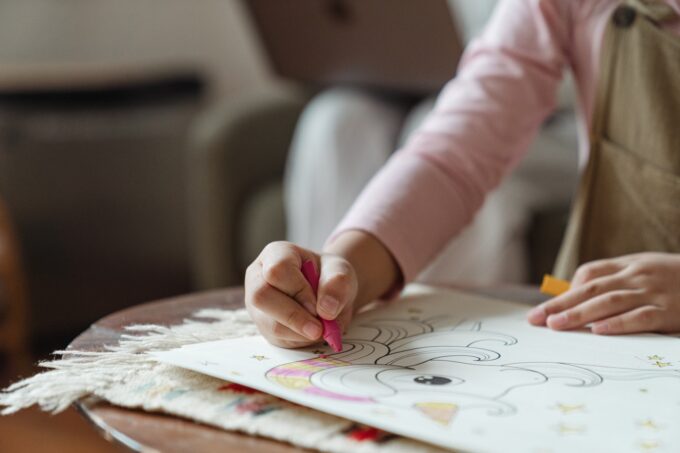
Source: pexels.com
Last but not least, we have to remember that preschoolers are without a single care in the world and free to pursue whatever crazy and fun ideas they have in a day. That is, unless the parents and teachers do not give them something to do, solve, or create. Well, coloring checks out all three of those boxes. Not only that, but since coloring images are a sort of problem that needs solving, they will learn to focus on what is pressing until they complete it. The coloring and paying attention not to cross the lines or to pick and choose the right colors to complete the task at hand with flying colors (again, pun not intended) will teach them patience and allow for more difficult problems to be solved with the utmost focus later in life. Seeing a task through from start to finish is something grownups have problems with, and it comes in the form or procrastination. If a habit to see it through until it is done is developed at the earliest of stages, you as a parent will ensure that your child grows up to be responsible and focused on what is important for as long as they need to complete it.

